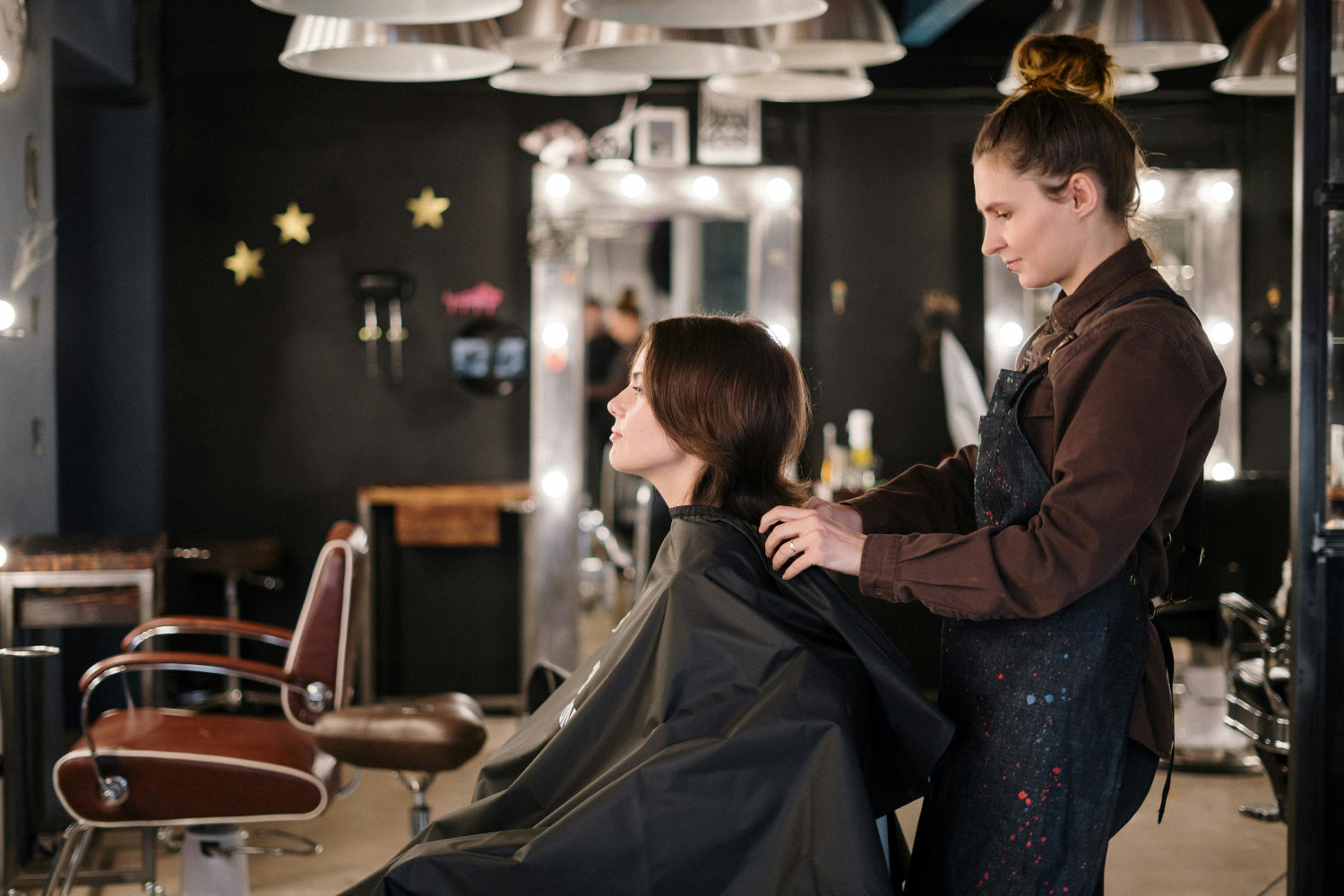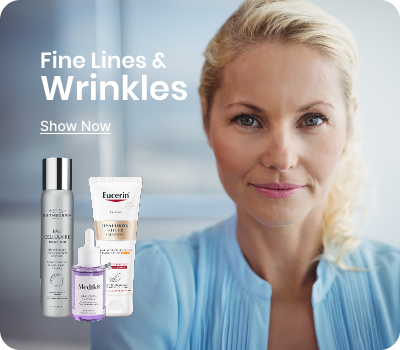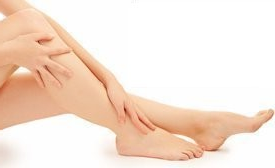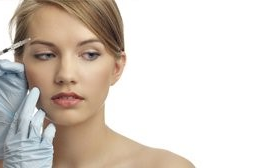
Ever wonder how professional stylists manage to keep hair looking flawless, no matter the type or texture? From glossy waves to voluminous curls or sleek straight strands, their ability to maintain hair that looks and feels healthy is no accident. It’s the result of meticulous care routines, expert product knowledge, and an understanding of what hair truly needs to thrive.
Healthy hair isn’t just about appearance—it’s a confidence booster, a sign of well-being, and the foundation for countless styles. Yet achieving and maintaining strong, healthy hair often feels elusive, with conflicting advice and an overwhelming number of products on the market. The truth is, stylists have insider secrets that simplify the process and yield stunning results. Today, we’ll dive deep into these professional techniques and tips so you can build a hair care routine that works for you.
The Importance of Scalp Health
Every stylist will tell you the same thing: healthy hair starts with a healthy scalp. Much like soil nourishes plants, your scalp provides the foundation for hair growth and vitality. When neglected, it can lead to a range of issues, from dandruff to hair thinning. Scalp health directly affects how strong and resilient your hair will be, making it the cornerstone of any effective hair care regimen.
Caring for your scalp requires gentle cleansing to remove dirt and product buildup without stripping away essential oils. Exfoliation is also key; using a scalp scrub once a week clears away dead skin cells and promotes better circulation, which in turn supports healthy hair growth. Hydration plays a significant role, too. Lightweight scalp serums and oils, like tea tree oil or argan oil, help soothe dryness and prevent flaking. Many professionals recommend incorporating specialised products into your routine, such as a high-quality exfoliating scrub or a soothing serum, to ensure your scalp remains balanced and healthy.
Choosing the Right Products for Your Hair Type
One of the most common mistakes people make is using hair products that aren’t tailored to their specific hair type. Each hair type—whether straight, wavy, curly, or coily—has unique needs:
- Straight Hair: Requires lightweight products to avoid greasiness.
- Wavy Hair: Benefits from moisture-rich formulas to enhance natural waves.
- Curly Hair: Needs heavy hydration and frizz control.
- Coily Hair: Requires rich butters and oils to maintain elasticity.
Hair Porosity Matters
Understanding your hair’s porosity—its ability to absorb and retain moisture—can also help you choose the right products. Low-porosity hair, which repels water, responds well to lightweight, water-based products, while high-porosity hair, prone to absorbing moisture but losing it quickly, benefits from heavier oils and butters to lock in hydration. Additionally, knowing your hair’s specific concerns can guide ingredient choices. For damaged hair, seek out keratin or ceramides to rebuild strength, while biotin and niacinamide can promote growth. If frizz is an issue, opt for products with glycerin or argan oil for added smoothness.
Professional Washing Techniques
Washing your hair may seem straightforward, but stylists emphasise the importance of technique. Proper washing not only cleanses your hair but also sets the foundation for the rest of your routine.
The Do’s and Don’ts of Hair Washing
- Water Temperature: the first rule is to use lukewarm water. Hot water can strip your hair of its natural oils, leaving it dry and brittle, while cold water is ineffective at removing dirt and product buildup.
- Shampooing Techniques: gently massage the product into your roots to stimulate circulation and remove impurities. Stylists often recommend double cleansing: the first wash removes surface-level dirt and oils, while the second ensures a deeper clean.
- Conditioning Techniques: apply conditioner from the mid-lengths to the ends of your hair, avoiding the roots to prevent greasiness. Fine-haired individuals should use lightweight conditioners sparingly, while thicker hair types may benefit from richer formulas.
- Frequency: wash your hair 2-3 times a week to prevent over-drying.
Heat Styling Without the Damage
Heat styling tools, from curling irons to flat irons, can create stunning looks, but they’re also a leading cause of hair damage. Excessive heat strips moisture from the hair, weakening its structure and making it more prone to breakage. However, with the right precautions, you can enjoy the benefits of heat styling without compromising your hair’s health.
The key lies in preparation and moderation. Always apply a heat protectant spray before using any hot tools. These products form a protective barrier that minimizes moisture loss and prevents excessive damage. Additionally, pay attention to the temperature settings on your devices. For most hair types, a range between 300 and 350°F is sufficient; higher temperatures should only be used sparingly and with caution. Stylists also recommend experimenting with heat-free alternatives. Air-drying techniques, such as twisting damp hair into buns for soft waves or using foam rollers for overnight curls, can achieve similar results without exposing your hair to harmful heat.
Nutrition and Hair Health: an Essential Connection
The relationship between nutrition and hair health is profound, as the hair is one of the fastest-growing tissues in the body, requiring a consistent supply of essential nutrients. Hair follicles are metabolically active, and their growth and structure depend on a balanced diet. A deficiency in key vitamins and minerals can manifest as hair thinning, brittleness, or even hair loss. Proteins, which are the building blocks of keratin, the main structural protein in hair, play a vital role. Ensuring adequate protein intake from sources like lean meats, legumes, and nuts is critical for maintaining hair strength and preventing breakage.
Vitamins, Minerals, and Healthy Fats for Stronger Hair
Vitamins and minerals are equally crucial in supporting hair growth and vitality. Vitamin D, for instance, is necessary for hair follicle cycling, while biotin (a B vitamin) has been linked to improved keratin infrastructure. Iron is another essential mineral, as it helps red blood cells carry oxygen to the scalp and hair follicles, facilitating growth. Iron deficiency, particularly common in women, is a well-known cause of hair loss. Similarly, zinc contributes to tissue repair and the proper functioning of the oil glands surrounding hair follicles, which can prevent dryness and flakiness.
Healthy fats, including omega-3 fatty acids, are integral to hair health as well. These fats nourish hair follicles and contribute to a healthy scalp environment. Omega-3s, found in fish, flaxseeds, and walnuts, are known for their anti-inflammatory properties, which can mitigate scalp conditions that inhibit hair growth. Additionally, water-soluble vitamins like vitamin C enhance collagen production and support the absorption of iron, creating a synergistic effect that fosters robust hair growth.
The Magic of Regular Trims
One of the simplest yet most effective ways to maintain strong, healthy hair is through regular trims. Many people avoid trims in an effort to grow their hair longer, but this can backfire if split ends travel up the hair shaft, causing more breakage and damage.
Regular trims help keep the ends of your hair neat and prevent splitting, which not only improves your hair’s overall appearance but also makes it easier to manage. The frequency of trims depends on your hair goals. If you’re maintaining a specific style, aim for a trim every six to eight weeks. For those focused on growing their hair out, every three months is typically sufficient. Stylists use precise cutting techniques to shape your hair while minimising breakage, ensuring that every snip contributes to its health.
Incorporating Weekly Treatments
Weekly treatments are an essential part of any professional hair care routine. These treatments target specific concerns, such as dryness, damage, or lack of elasticity, providing a concentrated dose of nutrients and hydration.
- Deep-Conditioning Masks: particularly effective for restoring moisture and softness, especially for hair that’s been exposed to harsh styling or environmental conditions.
- Protein Treatments: can repair brittle, weakened strands by replenishing the keratin that gives hair its strength.
- Oil Treatments: use ingredients like coconut or argan oil to add shine and smoothness.
- DIY Options: if you prefer natural options, DIY treatments can be just as effective. An avocado and honey mask, for instance, provides deep hydration, while an egg protein mask fortifies hair structure.
For those seeking more intensive care, salon treatments like keratin smoothing or bond repair therapies offer professional-grade results. These services penetrate deeper into the hair structure, addressing damage on a molecular level and leaving hair noticeably stronger.
Protecting Hair from Environmental Stressors
Environmental factors, such as UV rays, pollution, and humidity, can significantly impact your hair’s health and appearance. Sun exposure can dry out your strands and cause colour to fade, while pollution particles clog hair follicles and weaken the roots. Humidity, on the other hand, is notorious for creating frizz and disrupting your style.
To shield your hair from these stressors, invest in protective products. Leave-in conditioners with UV protection form a barrier against sun damage, while anti-humidity sprays help maintain smoothness in hot, sticky conditions. Covering your hair with a silk scarf or hat when outdoors can also prevent damage from both sun and pollutants. Seasonal adjustments to your routine are another important consideration. In winter, focus on deep hydration to combat dryness from indoor heating, while summer calls for lightweight moisturisers and anti-frizz serums.
Professional Styling Secrets You Can Try at Home
Professional stylists have a treasure trove of techniques that can be easily replicated at home for salon-like results. The right tools make all the difference. Boar bristle brushes, for example, distribute natural oils from the scalp down the hair shaft, enhancing shine and reducing breakage. Wide-tooth combs are perfect for detangling wet hair without causing damage.
To achieve volume, stylists recommend flipping your head upside down while blow-drying or using Velcro rollers on damp hair. For sleeker styles, like a polished ponytail, spraying a toothbrush with hairspray and using it to smooth flyaways can make all the difference. Whether you’re mastering effortless beach waves or an elegant bun, a few professional tricks can elevate your everyday style.
Building a Consistent Hair Care Routine
Consistency is the cornerstone of healthy hair. While occasional treatments and styling can provide temporary benefits, long-term results come from a well-rounded routine tailored to your hair’s needs.
Creating a schedule can simplify the process. For example, you might dedicate specific days to washing, conditioning, or applying treatments. On busy days, a leave-in conditioner or quick oil treatment can keep your hair manageable without requiring much time. And when persistent issues arise—such as thinning, excessive shedding, or chronic dryness—it’s worth seeking professional advice to address the underlying cause. For an in-depth guide to building the ultimate hair care routine, check out this blog post.
Conclusion
Achieving strong, healthy hair isn’t about following every trend—it’s about understanding what your hair needs and committing to consistent, thoughtful care. By prioritising scalp health, using products tailored to your hair type, refining your washing techniques, and protecting against environmental stressors, you can transform the way your hair looks and feels.
Remember, professional-level results are within reach when you combine effective products, good habits, and a touch of stylist expertise. So, start incorporating these tips into your routine and discover the joy of hair that’s not just beautiful, but resilient and full of life.





